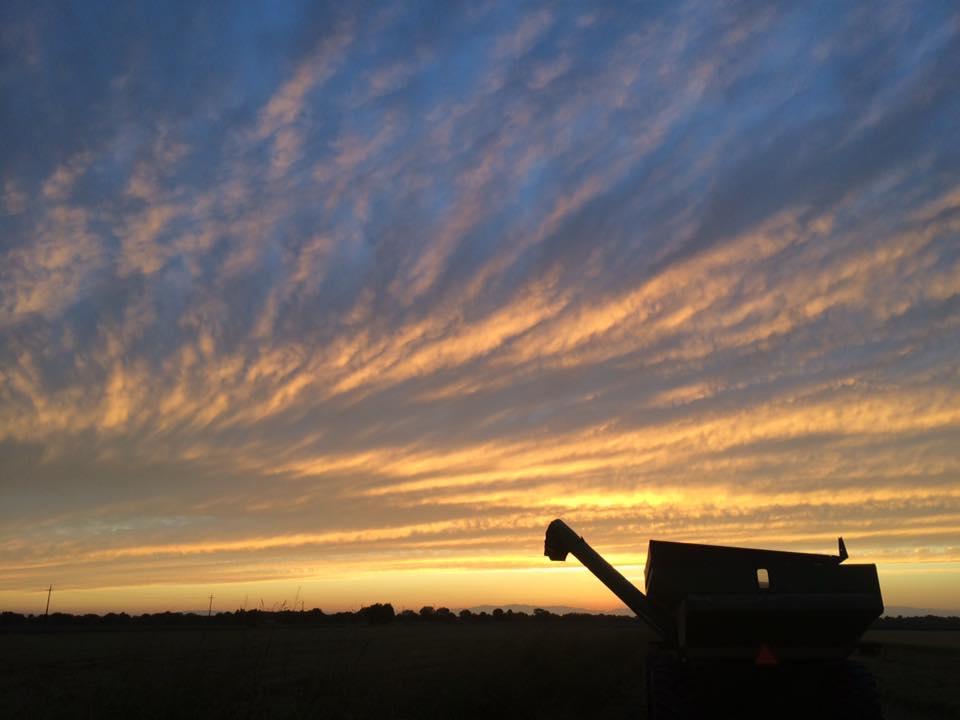Weedy Rice—Not as Simple as it Sounds
Weedy Rice is A Pesky Rice Type in Production Rice Fields
By Mikenzi Meyers, Associate Editor
Contrary to its name, weedy rice is not in fact weeds in rice—but it is presenting several challenges to California rice growers. To help farmers combat the pesky variety, UC Davis Ph.D. student Liberty Galvin and the horticulture and agronomy graduate group have conducted extensive research.
According to Galvin, the genetic and physiological properties of weedy rice are the same as the cultivated varieties consumers typically eat. So what’s the issue? Galvin said that besides the fact that weedy rice is off in its coloring, it’s nearly impossible to harvest.
“The issue is that the seed shatters, or basically falls to the ground. So when you go through and try to harvest it, the grain does not get collected in the harvester,” Galvin explained.
Although right now it seems that commercially growing weedy rice is not an option, there are ways to prevent it. Galvin’s research found that drilling the seeds at least two inches into the soil will eliminate seed germination or emergence in the field. This is especially useful in California, where tillage is done only to prepare the field, not plant the rice itself.
Galvin said that while growers can produce their own rice seed, it has to be certified by the California Crop Improvement Association or a Rice Seed Quality Assurance Program. In all cases, growers are required to plant only certified rice seed so there is no opportunity for traces of weedy rice to enter the soil.
“That is why tillage depth is so important, because that’s how you reduce your seed bank,” she said.












